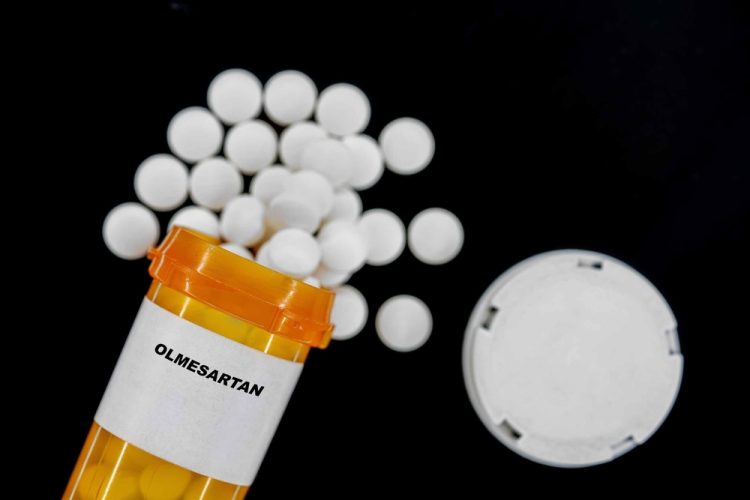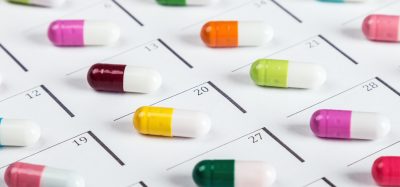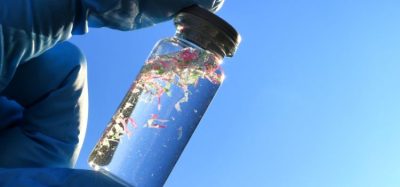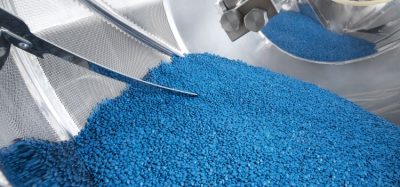HPLC-MS/MS for NDMA impurity determination in sartans
Posted: 28 September 2022 | Hannah Balfour (European Pharmaceutical Review) | No comments yet
EPR summarises the development of a HPLC method for the detection, separation and quantification of N-nitrosodimethylamine (NDMA) in both olmesartan API and finished formulations.


In a study published in the Microchemical Journal, investigators outlined the development and validation of a HPLC-MS/MS (high-performance liquid chromatography-mass spectrometry) for the determination and quantification of N-nitrosodimethylamine (NDMA) in olmesartan medoxomil.
The method was able to detect, separate and quantify NDMA in the active pharmaceutical ingredient (API), manufactured tablets and marketed tablets.
Sartans or angiotensin II receptor blockers (ARBs) are drugs indicated for the treatment of cardiovascular diseases. In 2018, one batch of the generic drug valsartan was recalled due to unacceptable levels of the nitrosamine impurity NDMA. This was the first of numerous recalls due to N-nitrosamine impurities in these types of drug.
Nitrosamine impurities are undesirable organic compounds with genotoxic, carcinogenic and mutagenic activity. Thus they tightly regulated, with the US Food and Drug Administration (FDA) having set acceptable intakes of NDMA in sartans at 96 ng/day or 0.32 mg/kg.
It is believed NDMA forms during the manufacture of sartans due to a reaction between sodium nitrite (NaNO2) or another nitrosating agent and the presence of a secondary or tertiary amine. Sartans contain a tetrazole ring whose synthesis requires NaNO2 and solvents such as dimethylformamide (DMF) that can be the source of amines.
While the primary objective of the study was to develop a HPLC-MS/MS method able to detect and quantify NDMA in olmesartan API, González et al. also utilised the method to analyse NDMA impurities in olmesartan tablets manufactured by direct compression. They also assessed tablets manufactured over the course of a year for potential manufacturing time-related impurities, observing that the time and manufacturing process of the drug did not influence the development of impurities.
Chromatographic separation was achieved using the Agilent Eclipse XDB-C18 column (5 m × 4.6 mm × 150 mm) with a binary gradient with water as mobile phase A and 0.1 percent formic acid in methanol as mobile phase B, flow rate 0.5 ml/min, B.
Due to the presence of polar groups, NDMA was successfully ionised and quantified in positive atmospheric pressure chemical ionisation mode using multiple reaction monitoring.
The method was validated according to International Conference on Harmonization (ICH) guidelines to establish the linearity, sensitivity, accuracy, precision and thus the efficacy. It was found that:
- The method had a regression coefficient >0.995
- The limit of detection (LOD) and the limit of quantification (LOQ) were very low (0.04 and 0.12 µg/l, respectively) indicating good sensitivity
- The accuracy was between 80 and 120 percent and precision level less than two percent, demonstrating the efficiency of the method.
González et al. concluded that, as a result: “The developed method can be used as a standard method to assess of presence of NDMA in olmesartan and other drug substances of sartanes for pharmaceutical companies and researchers.”
Related topics
Active Pharmaceutical Ingredient (API), Analytical techniques, Drug Safety, HPLC, Impurities, QA/QC, Therapeutics









